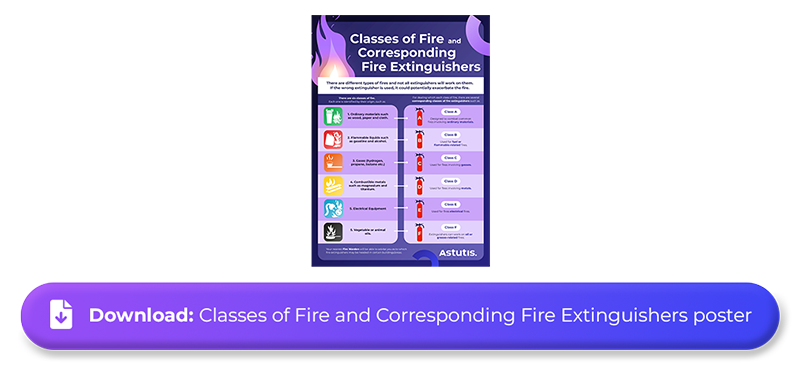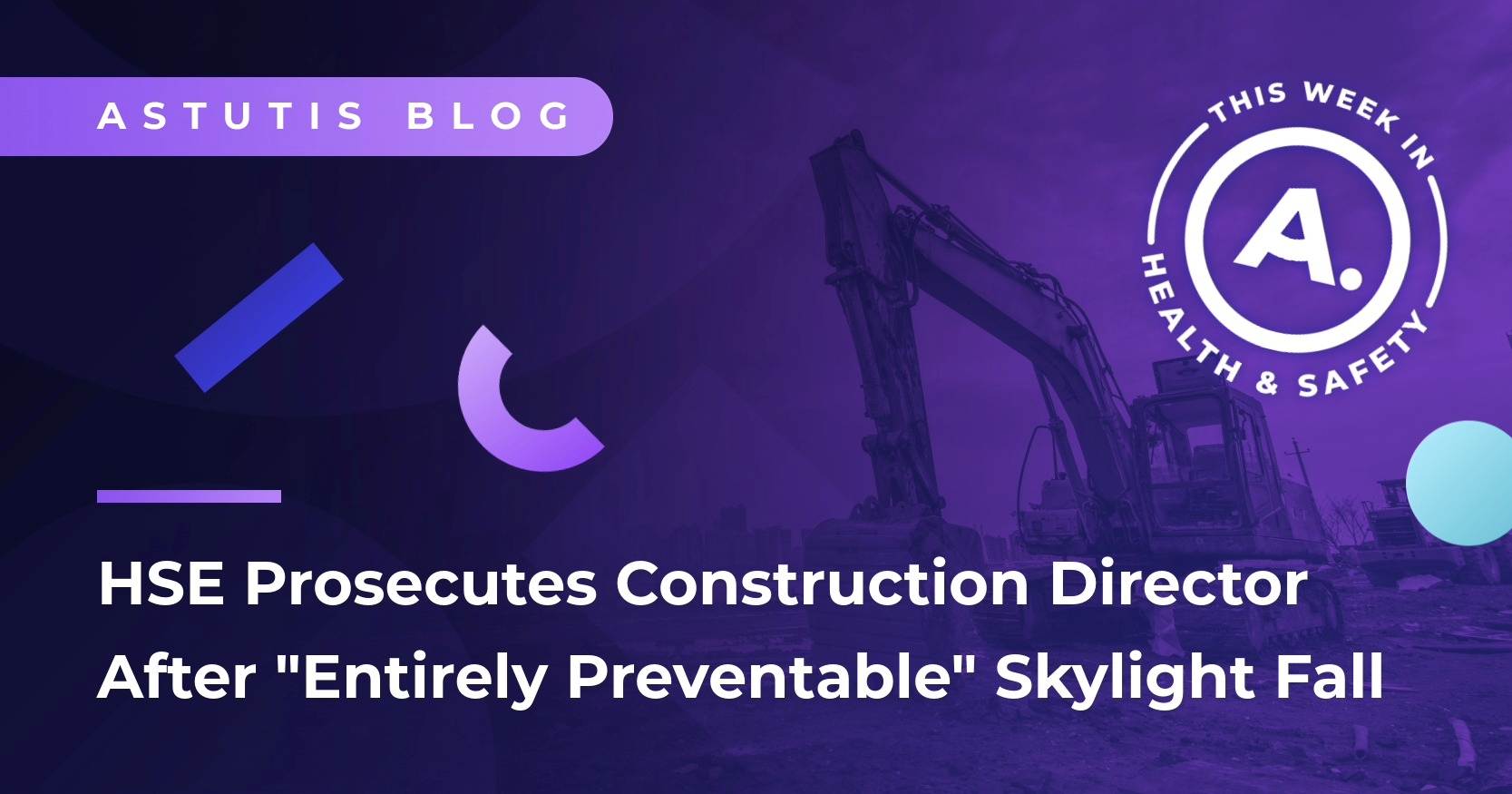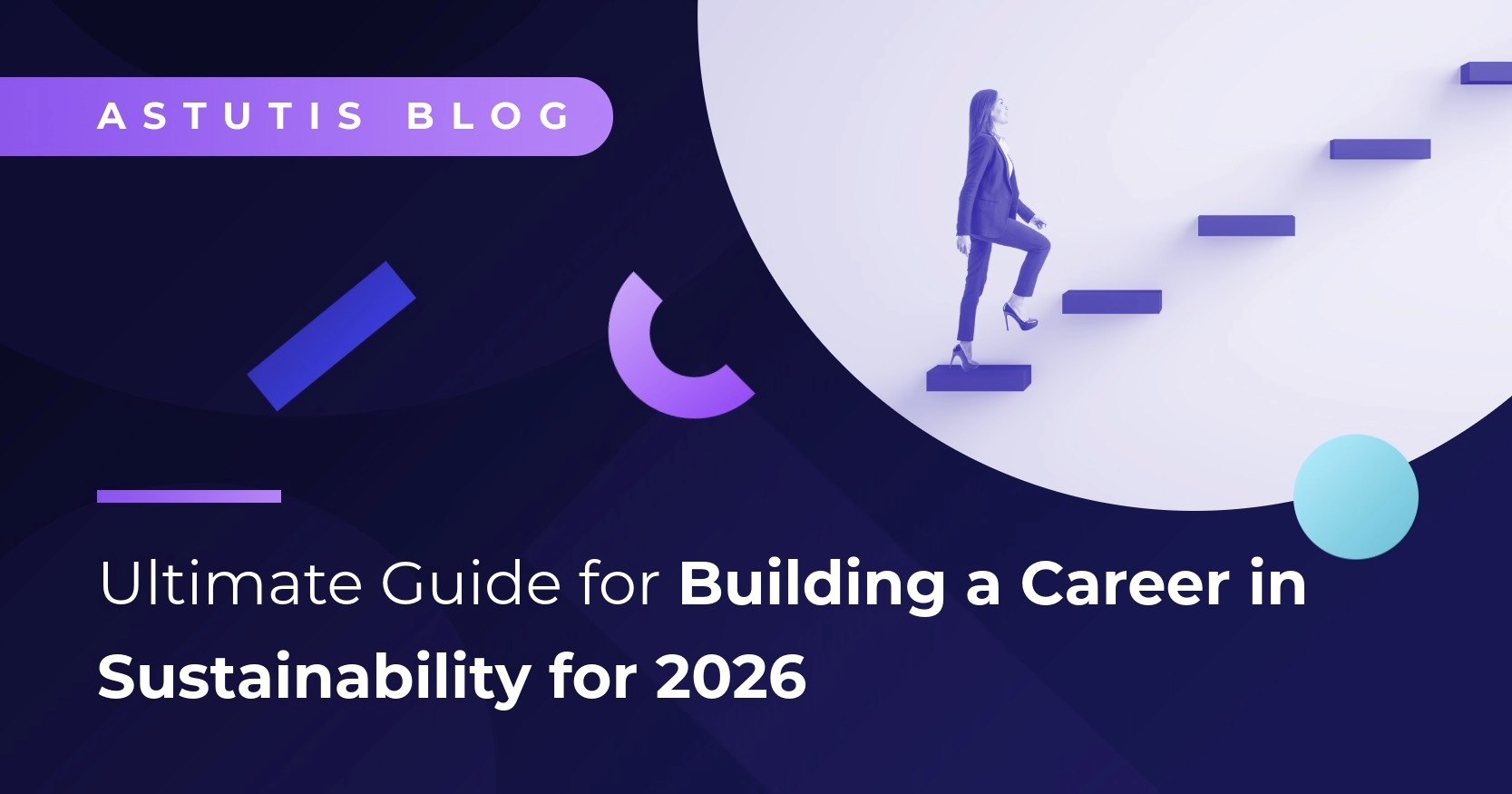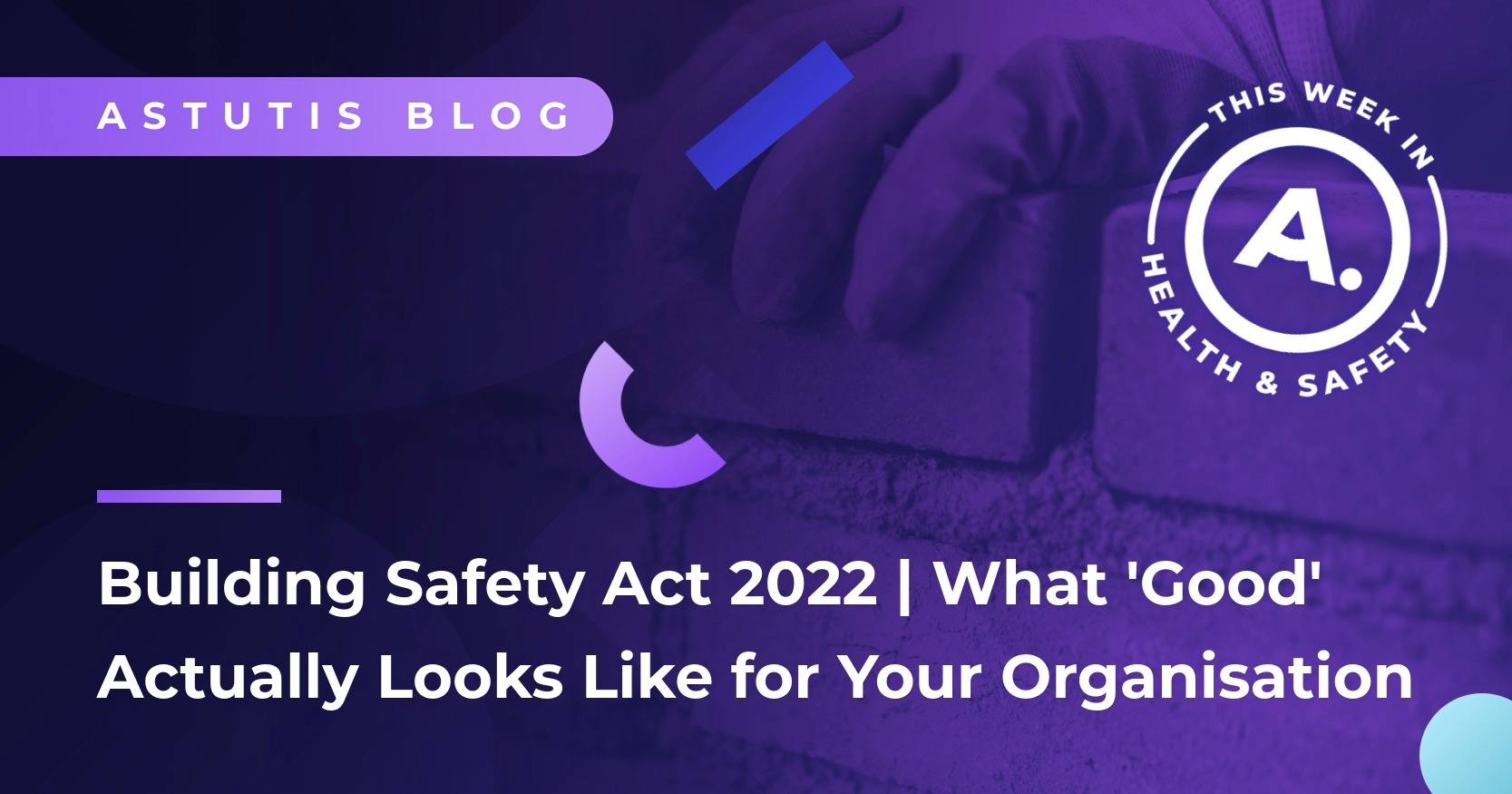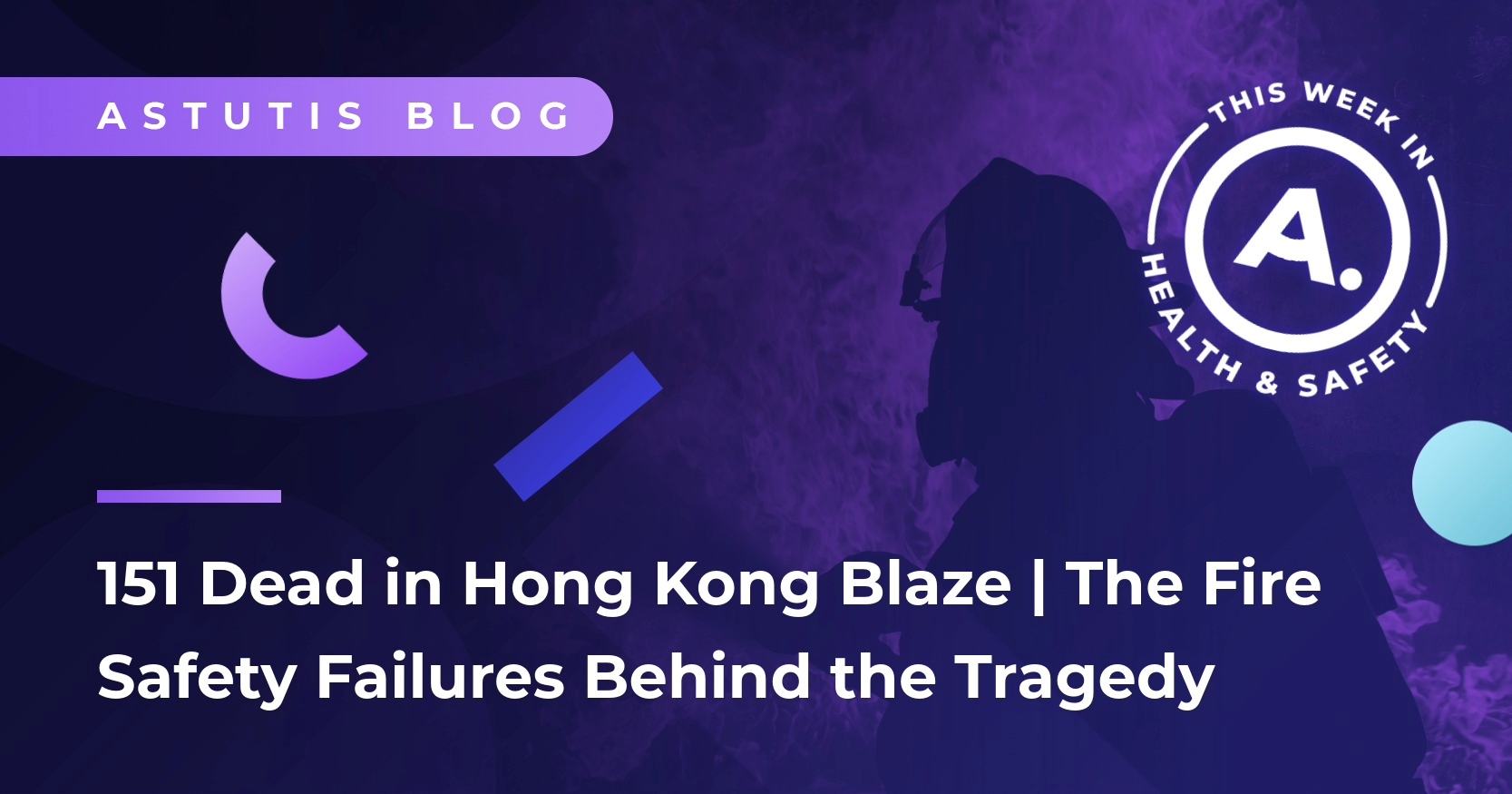How to Use a Fire Extinguisher | Fire Warden Guide
Having fire extinguishers in a building will not improve upon fire safety unless occupants are sufficiently trained to use them. Therefore, it is imperative that employees responsible for fire safety undergo appropriate fire extinguisher training specifically designed for the building they are in.
There are several classes of fires and each of them has an appropriate extinguisher for the situation, which can sound daunting. But worry not, we've got you covered on each extinguisher and the risks that may cause you to have to deploy one.
Classes of Fire and Corresponding Fire Extinguishers
Firstly, you'll need to understand that there are different types of fires and not all extinguishers will work on them. If the wrong extinguisher is used, it could potentially exacerbate the fire.
There are five classes of fire. Each one is identified by their origin such as:
- Ordinary materials such as wood, paper and cloth.
- Flammable liquids such as gasoline and alcohol.
- Electrical equipment.
- Combustible metals such as magnesium and titanium.
- Vegetable or animal oils.
For dealing which each class of fire, there are several corresponding classes of fire extinguishers such as:
- Class A: Designed to combat common fires involving ordinary materials.
- Class B: Are used for fuel or flammable related fires.
- Class C: Are used for fires involving gasses.
- Class D: Are used for fires involving metals.
- Class E: Are used for for electrical fires.
- Class F: Extinguishers can work on oil or grease related fires.
Experts will be able to advise you as to which fire extinguishers may be needed in certain buildings/areas, and ensure your company remains compliant with current legal obligations. Download our free infographic to keep yourself refreshed on the right extinguisher for the right fire.
Simple Guide for Using Fire Extinguishers
Locating the Closest Fire Extinguisher
Extinguishers will be located in easy to spot positions on brackets or stands where they will be readily seen by persons following an escape route, but not where a potential fire might prevent access to them. Suitable locations include: near to room exits, corridors, stairways, lobbies and landings.
During the Astutis Fire Warden course, trainees will also be taught the skill of identifying whether an extinguisher is sufficiently charged and if there is any damage to prevent it from functioning properly.
How to Operate a Fire Extinguisher
Remember the P.A.S.S method for effective operation of a fire extinguisher.
- Pull the Pin: This will break the tamper seal and allows you to discharge the extinguisher. The pin is located at the top of the extinguisher.
- Aim the Nozzle: Point the nozzle or hose at the base of the fire. It's crucial to aim at the base, as this is where the fire's fuel source is located.
- Squeeze the Handle: Compress the handle or lever to release the extinguishing agent. Be sure to hold the extinguisher upright.
- Sweep from Side to Side: Move the nozzle from side to side while aiming at the base of the fire until it appears to be out. Continue to spray until the extinguisher is empty to prevent re-ignition.
Assessing a Fire Situation
Examine the size of the fire, whether it will get out of control quickly, the level of heat inside the building, the existence of any thick smoke or fumes and whether exits can be reached easily. Proper fire safety training will alert you as to when to attempt to attack the fire, and when to immediately call for help from the professionals.
Key Fire Risks in Your Workplace
The structure and purpose of a building are crucial in determining its fire risks. For example, an office complex would have vastly different sources of fire risks when compared with a hospital. Accordingly, our Digital Learning team can tailor our courses to reflect the fire events or scenarios that trainees will likely face.
The objective here is to ensure trainees are able to identify key fire risks within the building, which usually include the kitchen area, sources for electrics or heating.
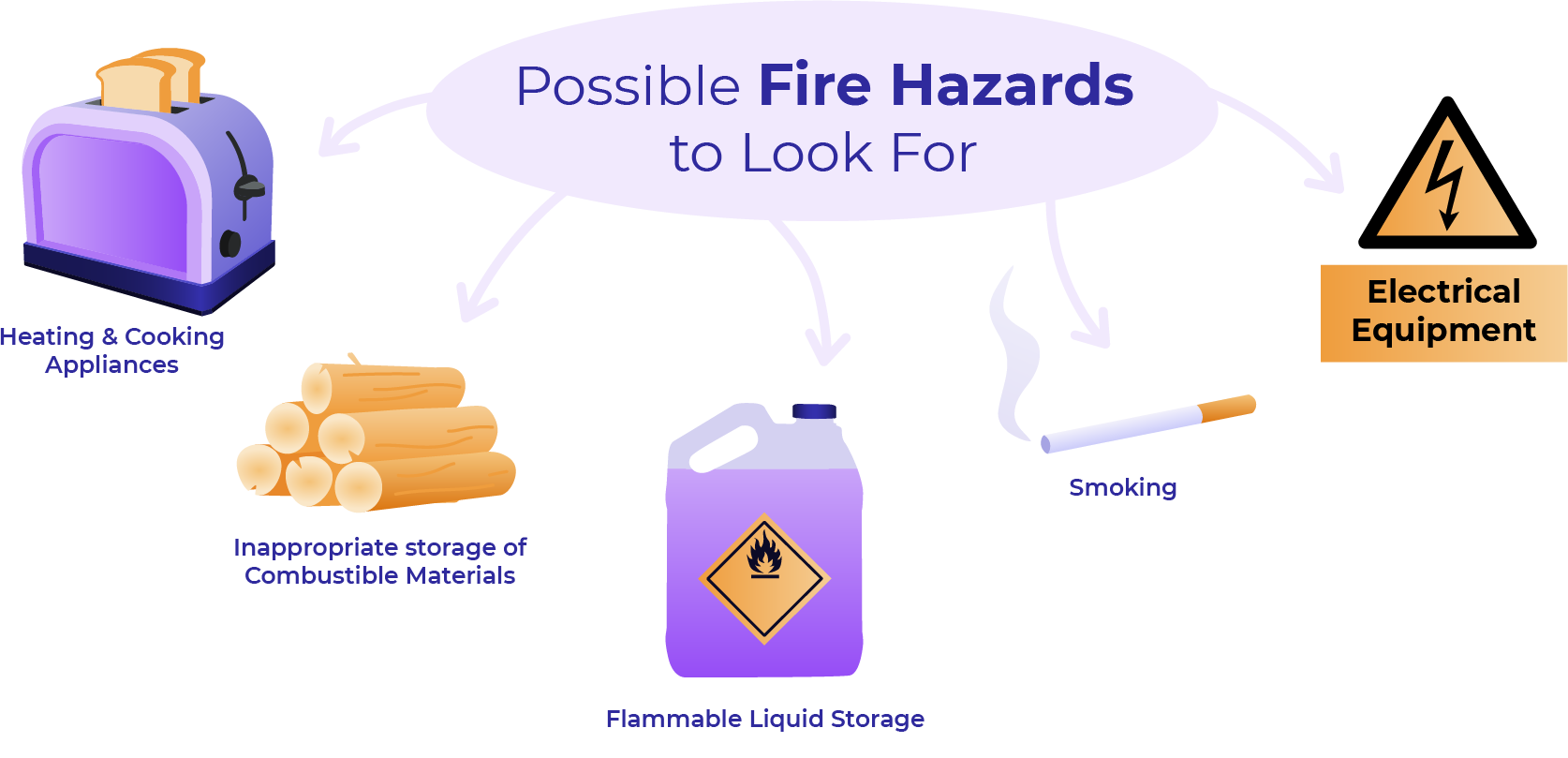
Fire risk assessments should also be carried out regularly, which will involve an expert carrying out a comprehensive fire safety audit that will identify hazards, the people at risk, and how to act on the findings. Hazards identified in the FRA should be relayed to employees so they can be extra vigilant in these areas and know exactly what to do should a situation occur.
An effective training program, such as our Fire Warden course below, will cover more than the basics of how to operate a fire extinguisher. It will empower trainees to feel more confident in identifying sources of fire within the building as well as help them to decide how to deal with fire situations.
Related Blogs

Real Life Stories




